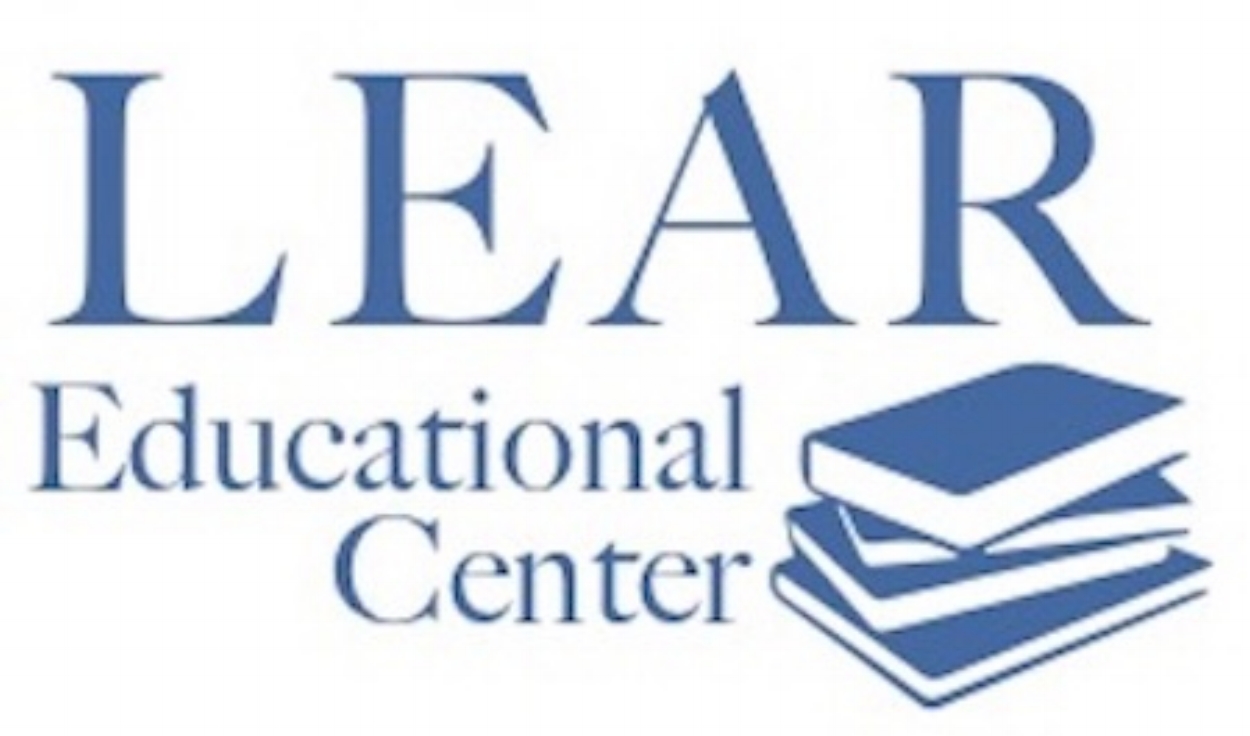Dyslexia – Diagnosis and Interventions
/The earlier that a student with is diagnosed with dyslexia, the sooner that interventions can begin, helping him to become better able to read, comprehend, spell and write. Older students and adults diagnosed with dyslexia benefit greatly from interventions as well.
Students with dyslexia usually have normal intelligence and normal vision, yet they have difficulty processing language. Because they cannot readily identify speech sounds or determine how these sounds relate to letters and words, their ability to understand what they hear and to learn to read is hindered. Dyslexic students have problems forming words correctly because they reverse the letter sounds or confuse words that are different but sound alike, making it difficult for them to express themselves as well as to read, spell or write.
Evaluation for dyslexia is multi-faceted. Background information is gathered regarding any vision or hearing problems. Dyslexia can be a genetic disorder, and often occurs in people diagnosed with ADHD. Dyslexia tends to run in families.
The student’s development and classroom progress to date is considered, including any supplemental teaching or accommodation which was received. Early indications of dyslexia include delayed speech and difficulty remembering numbers, colors, and letters. Learning the alphabet and detecting words that rhyme may be significant challenges. Memory and reading readiness may be tested in younger children to identify difficulties and provide intervention before the actual teaching of reading.
An assessment of the student’s language skills is done. This includes evaluation of the student’s ability to understand spoken language, to speak it in a conversation, as well as the ability to read, comprehend, spell and write. Some individuals with dyslexia experience enhanced sensitivity to the color of the paper on which a text is printed or a variation in the style of the printing. Often in reading, the words will appear to be moving or in a reversed order, confusing left and right. This makes it especially difficult to keep one’s attention in place on a page so the reading required for studying is tedious. This also presents challenges in writing when one’s script appears to be moving or to be backward, such as when ‘b’ looks like ‘d’.
Students with dyslexia need more time to process both spoken and written information. Because of this processing difference, teaching with methods that incorporate visual and oral elements in the instruction of language are most effective. Reading well is a fundamental learning skill for all academic areas. Dyslexic students often fall behind in all subjects because they are unable to study effectively.
Lear Educational Center provides tutoring designed to meet the individual needs of dyslexic students. We use programs that are widely acclaimed for their success in teaching students with learning differences. These programs include Lindamood-Bell, Saxon, Wilson and Orton-Gillingham.
Our programs foster enthusiasm, comprehension and retention. They feature:
Multi-sensory teaching (sight, hearing, touch and movement) to encourage and maintain interest.
Visual, spoken and written explanations of concepts which assist the students to image and verbalize the reasoning of the concept.
Gradual introduction of new concepts and skills with frequent review so as to enhance recollection of prior learning and promote mastery of basics.
An emphasis on comprehension and retention so that students can effectively progress through more complex levels.
Introduction of strategies which the student can use to meet the learning challenges of today as well as the classroom challenges of tomorrow.
Learn more about Dyslexia at the International Dyslexia Association Website






































